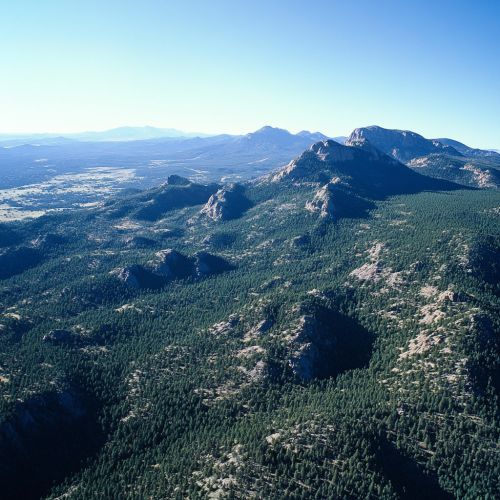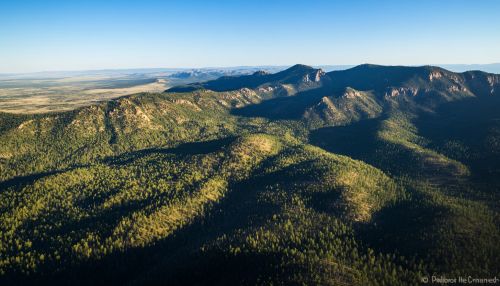North American Aerospace Defense Command
Overview
The North American Aerospace Defense Command (NORAD) is a binational military organization responsible for the aerospace warning, aerospace control, and maritime warning for North America. It is a joint initiative between the United States and Canada, established to provide a comprehensive defense against aerospace threats. NORAD's primary mission is to monitor and defend the airspace of North America, ensuring the security of both nations against potential threats, including missile attacks, aircraft incursions, and other aerospace-related dangers.
History
Formation and Early Years
NORAD was established on May 12, 1958, during the Cold War, as a response to the growing threat of Soviet long-range bombers and intercontinental ballistic missiles (ICBMs). The organization was formed through an agreement between the United States and Canada, emphasizing the need for a coordinated defense strategy to protect the continent. The initial focus was on detecting and intercepting Soviet bombers, which posed a significant threat to North American security.
Cold War Developments
During the Cold War, NORAD's capabilities expanded significantly. The organization developed a network of radar stations, known as the Distant Early Warning (DEW) Line, which stretched across the Arctic to detect incoming aircraft and missiles. This network was complemented by the Semi-Automatic Ground Environment (SAGE) system, which provided real-time data processing and coordination for air defense operations. NORAD also integrated satellite technology to enhance its detection capabilities, allowing for more accurate tracking of potential threats.
Post-Cold War Era
With the end of the Cold War, NORAD's focus shifted from the Soviet threat to a broader range of aerospace challenges. The organization adapted to new threats, such as rogue states and non-state actors, while maintaining its core mission of aerospace defense. NORAD also began to emphasize maritime warning, recognizing the importance of monitoring sea-based threats, including potential missile launches from submarines.
Structure and Operations
Command Structure
NORAD operates under a unified command structure, with headquarters located at Peterson Space Force Base in Colorado Springs, Colorado. The command is led by a Commander, who is typically a four-star general or admiral from the United States, with a Deputy Commander from the Canadian Armed Forces. This binational leadership reflects the collaborative nature of NORAD's mission and ensures that both nations have a voice in decision-making processes.
Aerospace Warning and Control
Aerospace warning and control are central to NORAD's mission. The organization employs a network of radar systems, satellites, and other sensors to detect and track aircraft and missile threats. NORAD's operations are coordinated through the Cheyenne Mountain Complex, a secure facility designed to withstand potential attacks. The complex serves as the nerve center for monitoring and responding to aerospace threats, providing real-time data and analysis to military leaders.
Maritime Warning
In addition to its aerospace responsibilities, NORAD also plays a critical role in maritime warning. This involves monitoring sea-based threats, such as missile launches from submarines or other vessels. NORAD collaborates with other military and intelligence agencies to gather and analyze data, ensuring a comprehensive understanding of potential maritime threats.
Technological Capabilities
Radar and Sensor Systems
NORAD's radar and sensor systems are integral to its mission of aerospace defense. The organization operates a network of ground-based radars, including the North Warning System, which replaced the DEW Line in the late 20th century. These radars provide continuous coverage of North American airspace, detecting and tracking aircraft and missile threats. NORAD also utilizes space-based sensors, such as the Defense Support Program (DSP) satellites, which detect missile launches and provide early warning of potential attacks.
Command and Control Systems
NORAD's command and control systems are designed to facilitate rapid decision-making and response to aerospace threats. The organization employs advanced data processing and communication technologies, allowing for real-time coordination of defense operations. The Cheyenne Mountain Complex serves as the hub for these activities, providing a secure and resilient environment for monitoring and responding to threats.
Integration with Other Defense Systems
NORAD works closely with other military and intelligence agencies to ensure a coordinated defense strategy. The organization integrates its operations with the United States Northern Command (USNORTHCOM) and the Canadian Joint Operations Command (CJOC), allowing for seamless collaboration and information sharing. This integration extends to other defense systems, such as the Ballistic Missile Defense System (BMDS), which provides additional layers of protection against missile threats.
Challenges and Future Directions
Evolving Threats
NORAD faces a range of evolving threats in the modern security environment. These include advancements in missile technology, such as hypersonic weapons, which pose new challenges for detection and interception. Additionally, the proliferation of unmanned aerial vehicles (UAVs) and cyber threats requires NORAD to adapt its capabilities and strategies to address these emerging risks.
Technological Advancements
To meet these challenges, NORAD is investing in technological advancements to enhance its detection and response capabilities. This includes the development of next-generation radar systems, improved satellite technologies, and advanced data analytics tools. These innovations are designed to provide more accurate and timely information, enabling NORAD to respond effectively to potential threats.
Binational Collaboration
The binational nature of NORAD is both a strength and a challenge. While collaboration between the United States and Canada provides a comprehensive defense strategy, it also requires ongoing coordination and communication between the two nations. NORAD continues to emphasize the importance of this partnership, working to strengthen ties and ensure a unified approach to aerospace defense.


